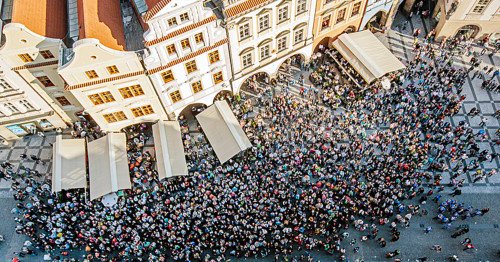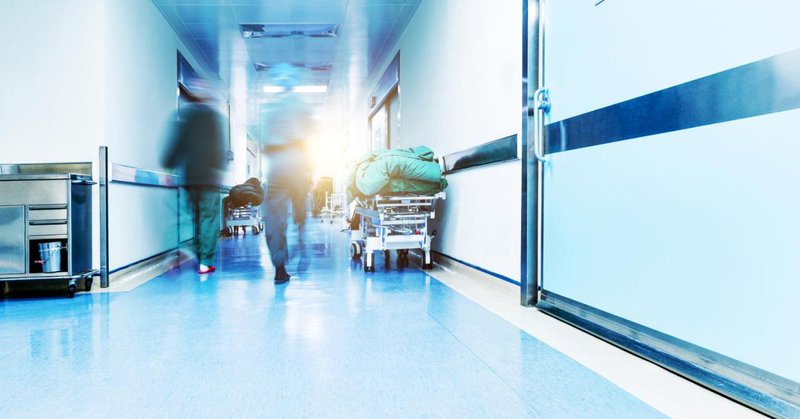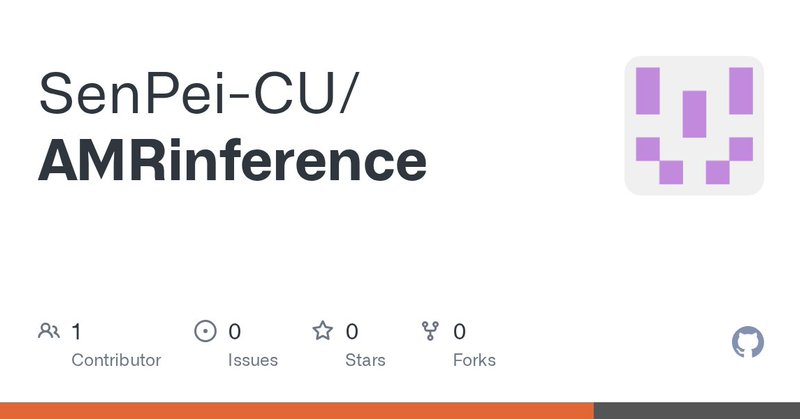
Sen Pei
@SenPei_CU
Followers
1K
Following
1K
Media
145
Statuses
575
Asst Prof @ColumbiaMSPH. A mix of Infectious Diseases, Environmental Health, Network Science & Complex Systems. Also at https://t.co/cYp0y6eCcv Views my own.
New York, NY
Joined October 2012
🦠 Pandemics don’t spread randomly - they follow the paths we create through our social lives and movements. 📖 🔊 Read + listen about how networks shape outbreaks: https://t.co/brNQ6awiit
#InfectiousDisease #NetworkScience #HealthBehaviours #Epidemics #DataScience
0
2
1
Grateful to @NatureComms for featuring our AMRO inference study as one of the Editors’ Highlights in #PublicHealth:
nature.com
Our recent highlights in the field of public health, including epidemiological studies investigating the social, environmental, genetic, and behavioural ...
Sharing our new study on identifying asymptomatic carriers of antimicrobial-resistant organisms (AMROs) in hospitals, out in @NatureComms. We combine patient mobility, clinical cultures, EHR, and genomics to identify hidden AMRO carriers. Link 👉 https://t.co/0EdmN0rvYN 1/
0
0
2
Huge thanks to my collaborators and co-authors for their incredible work on this project! Code and examples are available here 👉 https://t.co/sw3l2I4CzZ 6/
github.com
Contribute to SenPei-CU/AMRinference development by creating an account on GitHub.
1
0
1
We found that even limited sequence data can meaningfully improve carrier inference when integrated with other data. By linking patient mobility, genomics, EHR, and culture data, we move closer to spotting the silent spreaders of AMROs and intervening more strategically. 5/
1
0
0
The inference framework was validated using both simulated outbreaks and real-world data on carbapenem-resistant Klebsiella pneumoniae in a large hospital. Inference with multiple data streams can better identify carriers and inform more effective target interventions. 4/
1
0
0
We then built an inference framework that combines patient movement, clinical cultures, whole-genome sequencing, and risk factors in electronic health records to estimate who is likely colonized. 3/
1
0
0
Asymptomatic carriers drive silent transmission of AMROs in hospitals, but they’re hard to detect. We developed an agent-based model informed by real-world time-varying contact networks in hospitals to simulate AMRO transmission and community importation. 2/
1
0
0
Sharing our new study on identifying asymptomatic carriers of antimicrobial-resistant organisms (AMROs) in hospitals, out in @NatureComms. We combine patient mobility, clinical cultures, EHR, and genomics to identify hidden AMRO carriers. Link 👉 https://t.co/0EdmN0rvYN 1/
1
0
3
A super interesting study on how ants alter their nest networks to prevent epidemics! Network topology metrics were used to measure the effect on disease transmission. https://t.co/GmbNIJsFES
0
0
3
Fantastic talk by Dr. Holden Thorp, Editor-in-Chief of Science, on the future of scientific research. Especially inspiring to hear how many scientific giants pushed forward even when others tried to stop them. In times of uncertainty and challenge, do the work.
0
0
2
Our group is presenting at the MIDAS Annual Meeting! I will present on reconstructing the early spatial spread of pandemics in the US. Dr. Qing Yao will discuss the use of GNN to predict adaptive mobility for improving epidemic forecasts. Welcome to join us! @MIDAS_Network
0
0
5
As hurricanes are becoming stronger and expanding their reach due to climate change, people need to be prepared for disasters they've never experienced before. Check out our new study published in Environ Res Lett 👉
Hurricanes don’t stop at the coast. A #ColumbiaEHS study shows inland communities are less likely to evacuate, leaving them more vulnerable as storms like Helene bring historic flooding and loss of life. @SenPei_CU #PublicHealth
https://t.co/ca8AQh3Hp7
0
1
3
This is a great opportunity to join an interdisciplinary team in NYC working on ID, modeling, and health. The position will remain open until filled. The first round review will begin on November 15th. The starting time is flexible. Please reach out for any questions!
1
2
3
🚨 JOB ALERT! Our group is recruiting a postdoc to work on early outbreak detection and inference using AI/ML, modeling, and data science. This is a multi-year position providing stable support. Welcome to apply and share with others! 👉 https://t.co/CajWOtPwuS
1
4
8
So proud to support Nidhi Ram’s presentation in the Science Research Fellows program! Nidhi is a freshman and an SFR fellow, a prestigious four-year designation for Columbia’s most promising science students. Truly impressed by the intellect, maturity and ability of all fellows.
0
0
1
This study is led by Dr. Qing Yao, in collaboration with Victoria Lynch, Molei Liu, @wu_xiao1993, and Robbie Parks @ColumbiaMSPH. Great pleasure discussing our findings with Sarah Kaplan and Kevin Crowe at @washingtonpost. The preprint has not been peer-reviewed. End/
0
2
3
Within the Helene-affected regions, coastal counties showed stronger evacuation than inland counties, which suffered the most devastating damages. There is an urgent need to increase awareness and develop evacuation plans in places unprepared for impending climate threats. 4/
1
0
1





